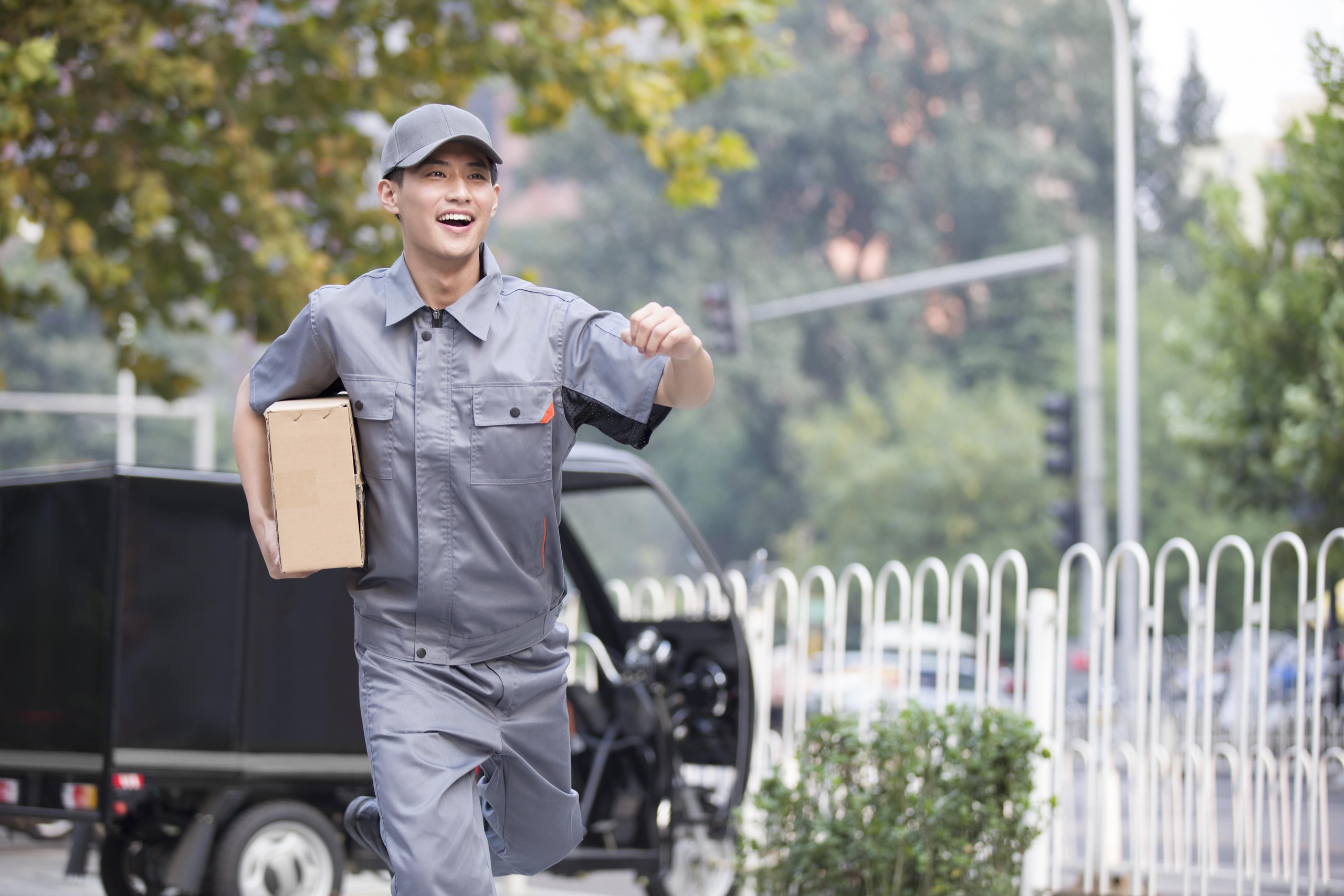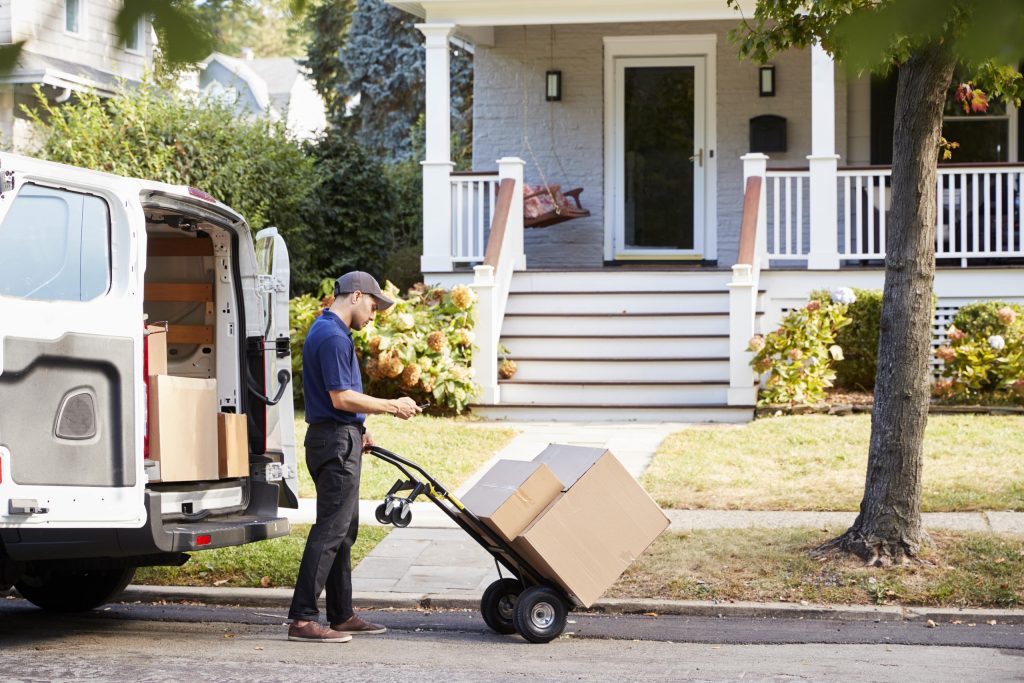
Cracking The Last-Mile Puzzle: Challenges And Smart Solutions In Delivery
In the context of logistics, last-mile delivery is the final step of items’ journey directly from a distribution center to a consumer’s door. This basic element of the supply chain has grown even more critical given consumer expectations for reliability and timeliness at an all-time high in the era of e-commerce. As online shopping increases the degree of last-mile delivery is carried out, businesses are seeing more and more how closely customer enjoyment and loyalty are affected. This area of the supply chain is maybe the most challenging, however, given many factors like urban congestion, high running expenditures, and varying delivery requirements. Furthermore, the desire for quick, on-demand services forces businesses to rethink their delivery strategies and generate fresh concepts. Controlling the last-mile problem has therefore become a critical chore for companies trying to stay competitive in a fast changing market.
Why Last-Mile Delivery is So Complex
Last-mile delivery is particularly in busy metropolitan regions like negotiating a complex labyrinth. Traffic congestion is one of the toughest obstacles there is. Delivery trucks often get caught in traffic due to so many vehicles on the road, which causes delays and annoyed consumers. Urban density adds even another level of difficulty; more delivery sites crammed into a smaller area means trucks must stop often, increasing their likelihood of running into traffic. Finding parking could also seem like trying to find a needle in a haystack, which delays timely delivery even more.
Consumer expectations in considerable part also contribute to the challenges of last-mile delivery. Deliver goods either same-day or next-day; many customers nowadays expect their goods to come almost right away. Delivery services are under great pressure from this haste to be quick and efficient while also managing the pragmatic challenges such crowded streets and limited parking. Real balancing act is to keep expenditures under control while still meeting these great expectations. With last-mile accounting for an amazing 53% of all transportation costs, businesses obviously have to be creative in how they handle these obstacles to keep customers happy and their profit margins intact.

The Environmental Impact of Last-Mile Logistics
Conventional distribution systems mostly control environmental strain and carbon emissions. Not only does delivery vehicles waste gasoline, but they also aggravate traffic congestion by spending important time looking for parking or making many tries to deliver one thing. Actually, these inefficiencies account for up to 25% of all supply chain sector emissions. Every automobile on the road produces carbon dioxide and other pollutants, therefore posing an increasing environmental problem for which we cannot afford to overlook.
Growing awareness of climate change calls for more urgent solutions in logistics. Customers are seeking greener choices more and more, hence companies which give sustainability top priority will have a competitive advantage. Smart parcel lockers help to cut the required delivery trips, therefore lowering fuel usage and emissions. Adopting new delivery techniques—such as electric cars and improved delivery paths—allows us to not only improve efficiency but also help to create a better earth. Businesses should get involved and make investments in environmentally friendly sustainable solutions that help their business line as well.
Tech Innovations Revolutionizing Deliveries
Last-mile delivery is growingly important in the fast-paced world of today and modern technology are helping to simplify the process. These become rather crucial when delivery companies allow data analysis and route development depending on artificial intelligence and GPS optimization. Predictive analytics, for instance, might help companies estimate demand patterns and better manage resources, thereby guaranteeing that delivery vans are in the right place at the right time. This not only simplifies the delivery process but also helps to control time and fuel wasted, therefore reducing the costs.
Route-planning tools change everything as well as they solve issues like the Traveling Salesman Problem using robust algorithms. By determining the most efficient paths in real time, these technologies enable drivers change their last-minute delivery plan and adapt to traffic conditions. Real-time monitoring also improves the client experience as it helps them know precisely when to anticipate their items, therefore lowering worry and raising satisfaction. These technologies provide companies not just more pleasing experiences for their clients but also more effective delivery.
The Role of Drones and Robots
In the realm of last-meal delivery, drones and autonomous robots are revolutionary. Their capacity to totally avoid traffic is among their main benefits. While conventional delivery trucks often find themselves caught in crowded city streets, drones may fly above everything and directly provide goods to consumers free from stop-and-go traffic. Ground-based delivery robots negotiate barriers free from the delays created by automobile traffic, much as sidewalks and pedestrian paths are negotiated. Automation replaces human drivers, therefore lowering the need for labor and hence lowering the cost of delivery in addition to accelerating timings.
We should be mindful, meanwhile, the limits of these technologies. Rules on where drones may fly and their battery life on distance traveled might restrict both. Among the difficulties autonomous robots also have are responding to changing weather and managing demanding metropolitan environments. Notwithstanding these obstacles, we are already seeing drones and robots having a significant impact, particularly in cities and college campuses where they can rapidly handle deliveries over small distances. As these technologies advance, quicker and less costly delivery is made possible, hence revolutionizing last-mile logistics.
The Power of Localized Delivery Hubs
Micro-fulfillment centers and tiny warehouses are innovative in addressing last-mile delivery concerns. By clustering these facilities in areas of great demand and urban centers, companies may substantially reduce the distance things must travel before reaching customers. Apart from quick delivery, this proximity reduces the impact of road congestion and thus transportation costs. Imagine ordering a good and having it right at your house in a few hours—these local centers make it happen!
Moreover, micro-fulfillment centers help companies to react fast to changing customer demand. Companies may quickly fulfill requests without the delays often connected with distant conventional warehouses by keeping goods only where it is required. This adaptability allows companies to react quickly to meet demand for a popular item or a busy holiday season, therefore preserving consumer pleasure even in these cases. Bringing products closer to consumers is a wise action that helps companies stay unique in the hectic modern environment and keep their delivery game strong!

Conclusion
Among the other challenges last-minute delivery must overcome are high operational expenditures, shifting demand, and speedy fulfillment—which may stress existing logistics systems. Other innovative approaches to ensure that things operate more smoothly and satisfy these objectives include shared warehouses, crowd-sourced distribution networks, and shipping organizations consisting of numerous businesses. Working with knowledgeable last-mile service providers and shared hubs enables businesses to better manage the challenging transportation issues and satisfy consumers. Readers should appreciate the complex procedures underneath the simplicity of contemporary delivery as we celebrate these successes and anxiously anticipate fresh, ecologically friendly, and reasonably priced solutions that will shape the path of logistics.